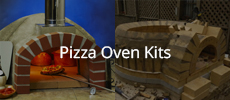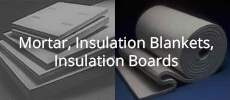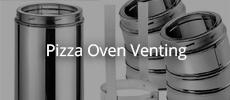Originally posted by david s
View Post
Applying render and getting it smooth was quite a challenge... I had to start on the front of the dome, as that would get sun during the day, but it got too hard while I was working on the back. I tried sponging some of the high spots down, but it was too late. The goal was to have a strong outer layer and have the insulation protected from rain, so I'll probably just seal it now and then see if I'll maybe later paint it to disguise it more... At the moment it stands out very much due to the sponging bringing out the sand particles in the low spots...
I didn't have enough render to finish the whole dome during the day, but at night I mixed a little bit extra to finish the gap in the back... of course that turned out to be the smoothest... well, you live and learn :-/
Sealing it next week, and then going on holiday. Probably will use curing fires again after the holiday to get to pizza baking... There must be such an amount of moisture going into it now due to all the render and pre-wetting.








Leave a comment: